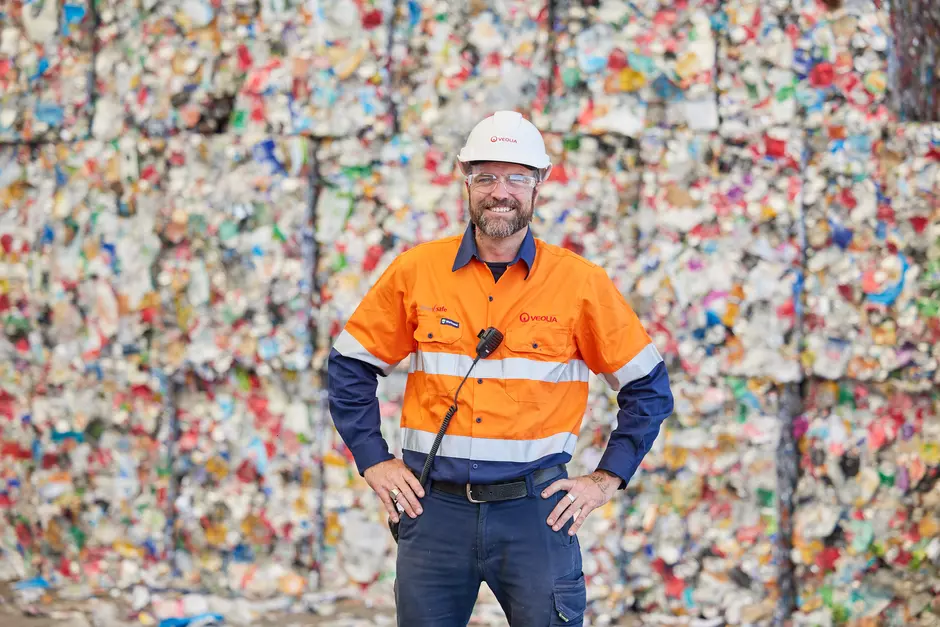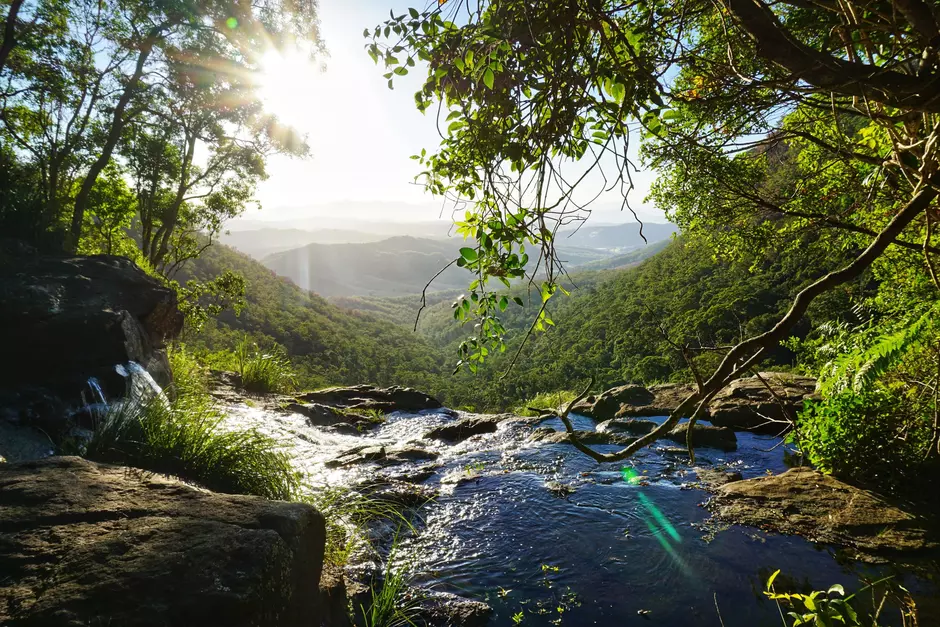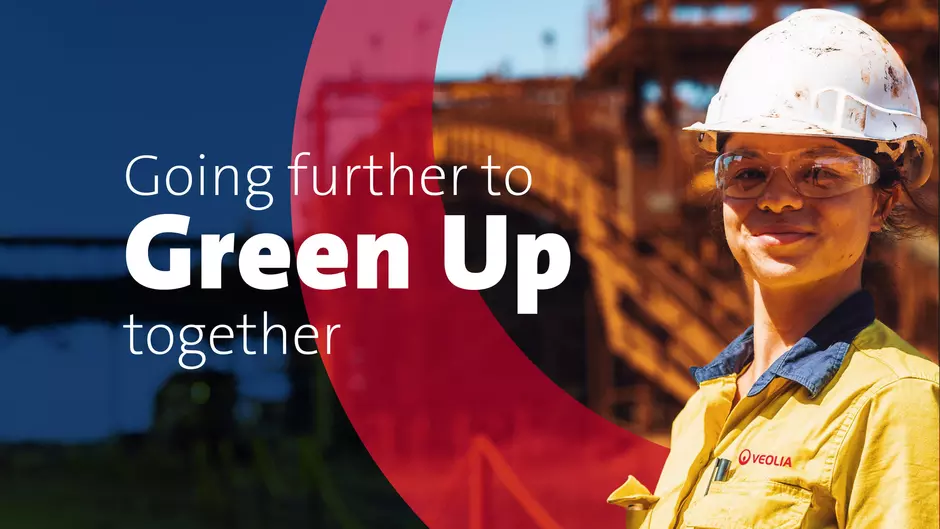Veolia, the global leader of energy from waste technology (EfW), is sharing its unrivalled know-how with Australia's resource recovery sector as it transitions away from landfilling.
Veolia has built and operated 65 successful EfW plants worldwide and that unique experience has revealed a recipe for development success that will help Australia fast-track its deployment of these facilities.
Veolia has decided to reveal this recipe after witnessing the struggles of unsuccessful facilities, several years of avoidable delays in others that remain incomplete, and a growing list of those still awaiting planning approvals. There is an urgent need to rapidly bring through EfW plants with landfilling in Australia set to reach capacity in the next 10 years, and little prospect for new sites to be approved. To avoid the impending waste crisis Veolia has decided to share 5 key steps to deliver the technology and get Australia’s resource recovery future back on track.
CEO of Veolia Australia Richard Kirkman, is the nation’s leading expert on the technology and has developed, built, and operated 10 EfW plants in the UK. He has now brought a team of international experts to Australia to deliver the local roll-out and repeat that UK success in Australia. According to Mr Kirkman there has never been a more important time for the industry to band together and make this EfW ambition a shared success story.
“We must move past the delays and ensure EfW projects in Australia are the best the world can offer and truly benefit Australian communities,” he said.
“This technology is not a ‘nice to have’ , it's a crucial component of Australia’s resource management strategy, alongside reduction, repair, and recycling. Veolia’s experience can help industry get on with it, which is why we have decided to share the knowledge we have derived from real world EfW successes.”
Kirkman said the sector can do better than lining the pockets of parties with only short term interests or those companies that aim to game EfW investments. Instead, he said, it’s an opportunity for an ecological transformation of the waste sector, to propel waste that would normally go to landfill higher up the waste hierarchy and deliver better value for local authorities, residents, and commercial customers.
“EfW facilities should not take 7 years to get running. We have seen too many inexperienced builders and operators make avoidable mistakes throughout the planning and development phases, which impact the reputation of the technology. It’s time for Veolia to step in, and show the industry how it’s done,” he said.
Kirkman says there are 5 non-negotiable steps that lead to successful EfW development:
- Safety First: Safety must be the cornerstone of EfW design. These projects rely on advanced technology that, when correctly designed and built, is completely safe. When projects experience significant delays or supply chain issues that often indicates underlying safety concerns. Recommendation: Partner with experienced professionals who possess a track record in safe design and operation.
- Choose Experienced Delivery Partners: EfW projects require approximately three years for construction. Selecting the right partner is paramount. Australia has access to several reputable builders with extensive EfW experience, including BESIX Watpac, Grupo Cobra, Kanadevia INOVA (KVI), Webuild Clough, , Keppel Seghers and Babcock & Wilcox. Recommendation: Choose a constructor with a long-term vision and a deep understanding of these complex facilities.
- Invest Wisely: As one of the last Western nations to adopt EfW technology, Australia can leverage the best practices and operating standards of European countries. It’s a credible and proven investment opportunity, designed for the life of the project. Recommendation: Seek knowledgeable investors and be wary of those prioritising short-term gains or excessive debt.
- Ensure waste supply and market knowledge: EfW's purpose is to offer a practical waste management solution that considers the longevity of operation, to maximise the positive impact on society. Operator buy-in is crucial to this success and any developer showing resistance during negotiations is a red flag for potential issues. Recommendation: Focus on building long-term relationships with customers to avoid exploitative pricing practices.
- Engage the community: Ensure you deploy best practice stakeholder engagement throughout the planning, approval, and development stages. Recommendation: Engage empathetically to address the concerns of a community at every opportunity.
EfW is recognised by the Federal Government as a more sustainable alternative than landfilling and offers a cleaner energy source than fossil fuels. It involves drying and combusting waste in a controlled environment with advanced emissions treatment, using the resulting heat to generate clean electricity.
Kirkman says it will be a vital part of Australia's sustainable waste management future, playing a key role in reducing landfill dependence and mitigating climate change.
"Energy recovery is essential for a sustainable system while we improve our reduction, reuse, and recycling efforts until all products and materials in Australia are designed with end-of-life solutions,” he said.
Veolia is actively involved in EfW developments in Australia, participating in a consortium in Victoria and advancing a proposal for a facility at its Woodlawn Eco Precinct in NSW.
"These facilities will be among the best in Australia, built to the highest safety standards by experienced experts," said Kirkman.





